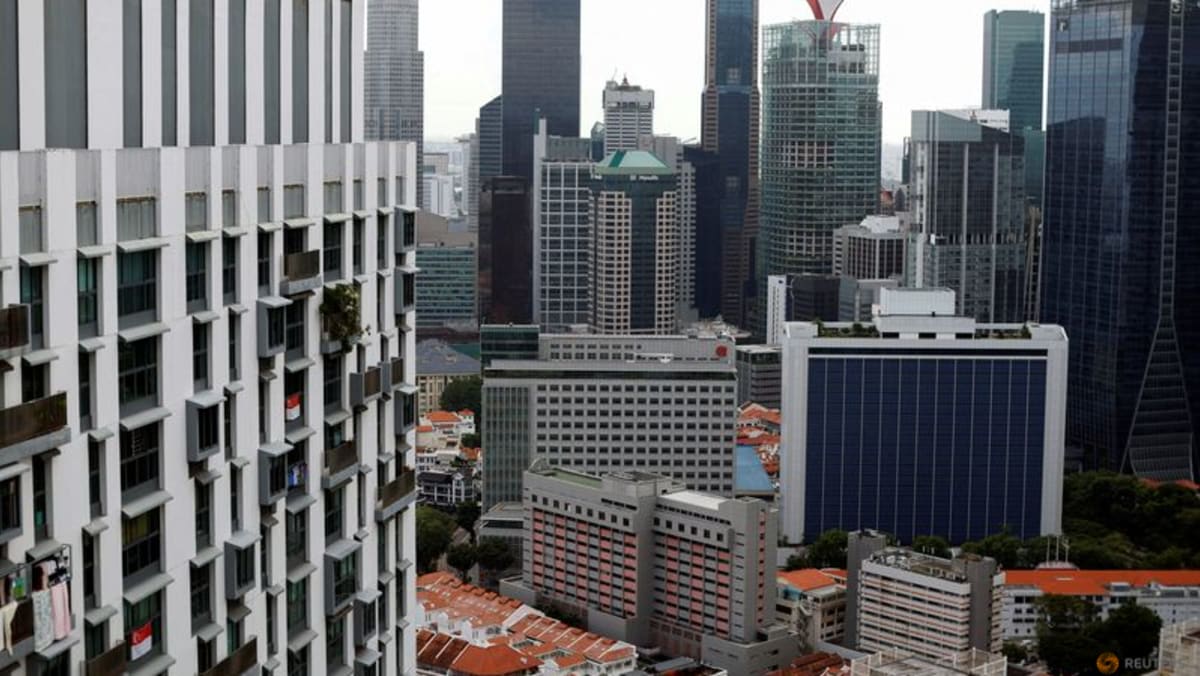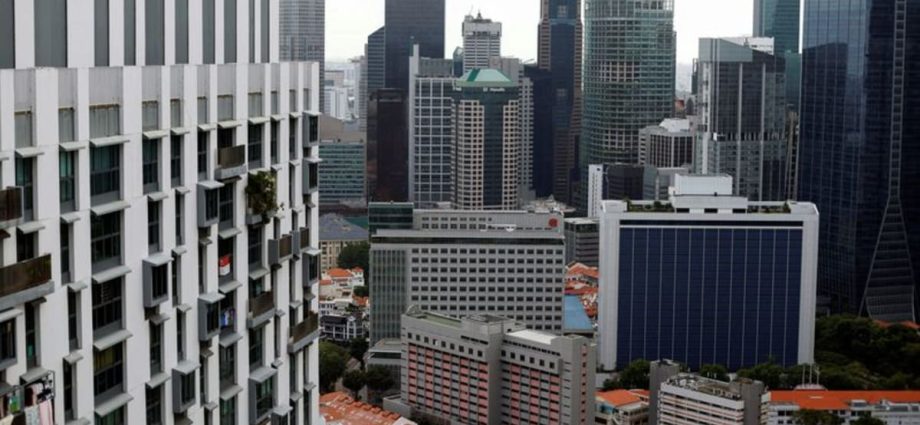
SINGAPORE: Singapore’s Build-to-Order (BTO) public housing model is getting a facelift.
From the second half of next year, new Housing and Development Board (HDB) flats will no longer be differentiated as being in mature or non-mature estates. Instead, they will be classified according to their locational attributes under three categories: Standard, Plus and Prime.
Making the announcement during his National Day Rally speech on Sunday (Aug 20), Prime Minister Lee Hsien Loong highlighted three major aims of Singapore’s public housing programme: Affordability, maintaining a good social mix, and keeping the system fair.
These three objectives are essentially the public housing trinity that form the core foundation of a successful programme that houses 80 per cent of Singapore’s residents. They have also driven Singapore’s public housing policy design.
To achieve affordability, HDB has provided substantial subsidies and grants, particularly to first-time home buyers. For social mixing, the ethnic integration programme has ensured a good racial mix in our neighbourhoods, preventing the formation of ethnic enclaves.
It is, however, the third pillar of fair outcomes that has proven to be more tricky. It is well-known that successful BTO applicants in highly sought-after neighbourhoods often enjoy a “lottery effect”, with high demand for their flats driving resale values up.
A good example of this is Pinnacle@Duxton, where a four-room unit sold for S$1.41 million (US$1.04 million) this month, setting a record for the most expensive four-room flat sold to date. This is more than three times the amount that it was initially sold for.

